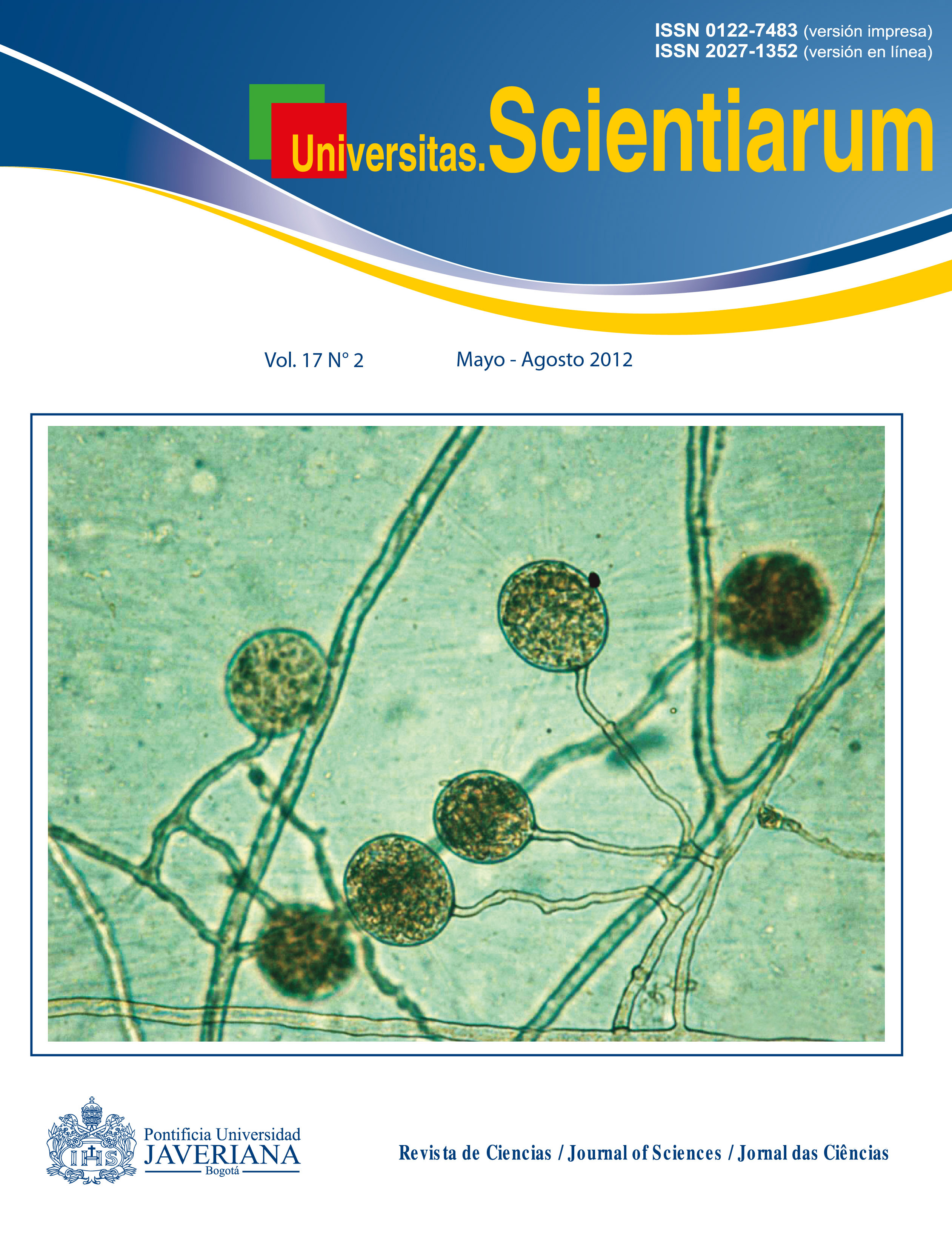Abstract
Objective. The assessment of water quality includes the analysis of both physical-chemical and microbiological parameters. However, none of these evaluates the biological effect that can be generated in ecosystems or humans. In order to define the most suitable organisms to evaluate the toxicity in the affluent and effluent of three drinking-water treatment plants, five acute toxicity bioassays were used, incorporating three taxonomic groups of the food chain. Materials and methods. The bioassays used were Daphnia magna and Hydra attenuata as animal models, Lactuca sativa and Pseudokirchneriella subcapitata as plant models, and Photobacterium leioghnathi as bacterial model. To meet this objective, selection criteria of the organisms evaluated and cluster analysis were used to identify the most sensitive in the affluent and effluent of each plant. Results. All organisms are potentially useful in the assessment of water quality by meeting four essential requirements and 17 desirable requirements equivalent to 100% acceptability, except P. leioghnathi which does not meet two essential requirements that are the IC50 for the toxic reference and the confidence interval. The animal, plant and bacterial models showed different levels of sensitivity at the entrance and exit of the water treatment systems. Conclusions. H. attenuata, P. subcapitata and P. leioghnathi were the most effective organisms in detecting toxicity levels in the affluents and D. magna, P. subcapitata and P. leioghnathi in the effluents.Key words: bioassays, cluster analysis, drinking water, raw water, toxicity.
Univ. Sci. is registered under a Creative Commons Attribution 4.0 International Public License. Thus, this work may be reproduced, distributed, and publicly shared in digital format, as long as the names of the authors and Pontificia Universidad Javeriana are acknowledged. Others are allowed to quote, adapt, transform, auto-archive, republish, and create based on this material, for any purpose (even commercial ones), provided the authorship is duly acknowledged, a link to the original work is provided, and it is specified if changes have been made. Pontificia Universidad Javeriana does not hold the rights of published works and the authors are solely responsible for the contents of their works; they keep the moral, intellectual, privacy, and publicity rights. Approving the intervention of the work (review, copy-editing, translation, layout) and the following outreach, are granted through an use license and not through an assignment of rights. This means the journal and Pontificia Universidad Javeriana cannot be held responsible for any ethical malpractice by the authors. As a consequence of the protection granted by the use license, the journal is not required to publish recantations or modify information already published, unless the errata stems from the editorial management process. Publishing contents in this journal does not generate royalties for contributors.



